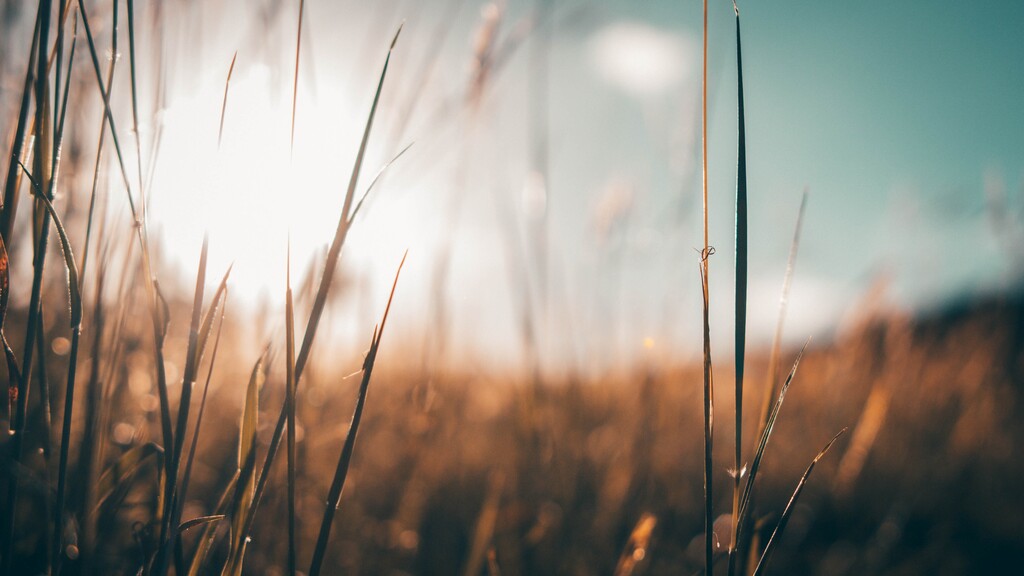

The destruction of habitats is one of the biggest current problems facing humanity and is one of the most damaging to biodiversity. Yet intact nature provides humans with numerous ecosystem services such as fresh air, clean water, food and protection from disasters. However, despite their importance, intact natural areas in Europe and around the world continue to decline. More than 80 % of European habitats are in a poor state and there are hardly any areas left where spaces and ecological processes have not been heavily modified by humans.
More than two thirds of the world's land surface is used by humans, while human activities have a direct impact on around 90% of the oceans. It is not uncommon for overexploitation, slash-and-burn agriculture, species-poor industrial agriculture and forestry, excessive extraction of resources and the fragmentation or overexploitation of ecosystems to be the consequences - wilderness has therefore become rare on our planet. According to researchers, only three percent of the earth's land area is still ecologically untouched. "We know that intact habitats are increasingly being lost, while at the same time the value of intact habitats for both biodiversity and humans has been proven," say the authors of the study.
Regional protection measures, the transfer of endangered ecosystems into protected zones and their renaturation are important for the protection of nature - and urgently required. For example, the Intergovernmental Panel on Climate Change (IPCC) has called for around 30-50% of land and ocean areas worldwide to no longer be used intensively and thus returned to nature. In addition, at the World Conservation Conference in Montreal in 2022, the global community agreed to effectively protect at least 30% of the world's marine and terrestrial areas by 2030 and to restore a further 30% of degraded ecosystems. So let's get to work - let's protect these valuable natural treasures!
To the projects of Naturefund!
Experience has shown: Buying land is one of the safest long-term and often one of the quickest measures to implement in order to sustainably and legally preserve some of the earth's immense natural treasures or to give them space for independent renaturation. In principle, the areas that Naturefund buys are left alone so that nature can develop here free from human influence. Many endangered animal and plant species can only find important habitats and retreats in such areas. In this way, such areas without human influence make an important contribution to the preservation of biodiversity.
For certain types of biotope, however, such as rough grassland, orchards or flowering meadows, long-term management of the areas is necessary to ensure that the valuable ecosystems are preserved and do not become overgrown, for example.
In some of our land purchase projects, measures are also carried out at the beginning to support the restoration of a near-natural, site-typical habitat. This can include, for example, the removal of non-native plants, rewetting, the dismantling of paths and other measures. By purchasing the land and working closely with local partners, we always ensure that nature can develop undisturbed in the long term or be professionally maintained in the long term.